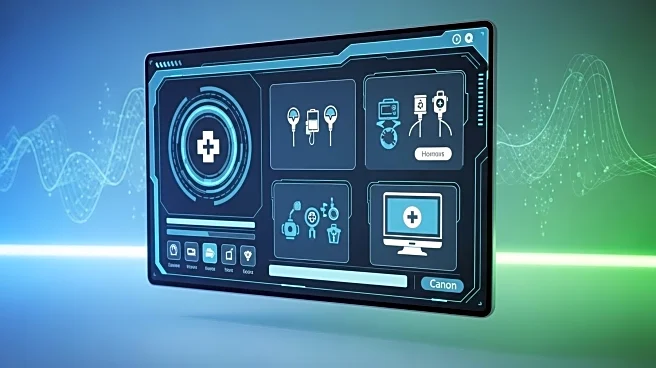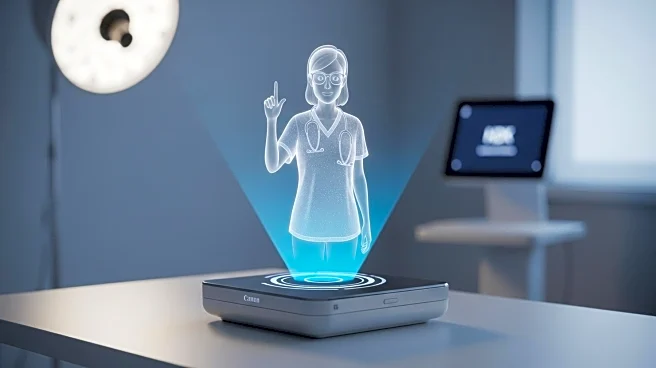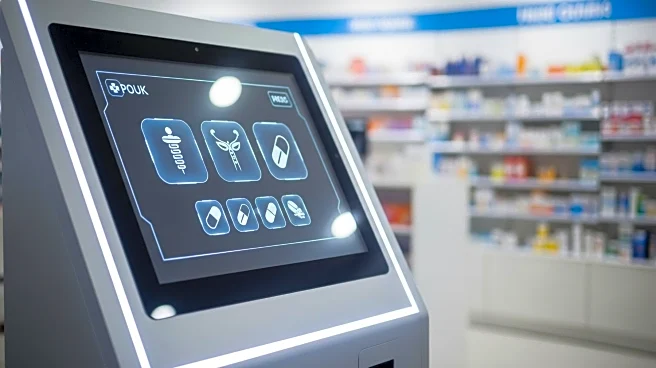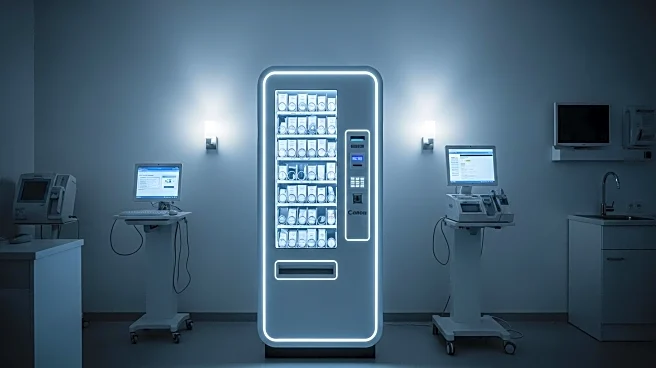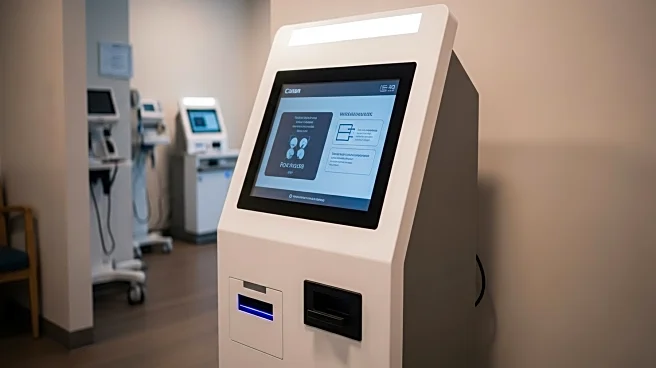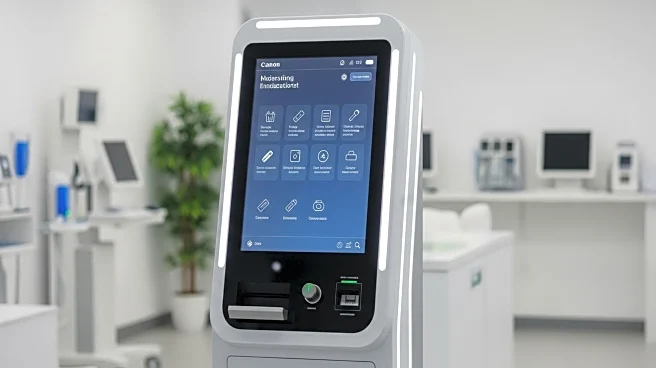What's Happening?
Avel eCare has been recognized as one of the Top Telemedicine Services of 2025 by Healthcare Business Review. This accolade highlights Avel's innovative approach to virtual healthcare, which expands access to high-quality medical services across rural, urban, and underserved communities in the U.S. Avel eCare provides a comprehensive system of care, including emergency, behavioral health, hospitalist, pharmacy, specialty clinic, and ICU services. By connecting various healthcare facilities to a team of board-certified professionals, Avel aims to improve patient outcomes and reduce unnecessary transfers.
Why It's Important?
The recognition of Avel eCare underscores the growing importance of telemedicine in the U.S. healthcare system, especially as demand for remote healthcare services continues to rise. Telemedicine offers significant benefits, such as improved access to care, reduced healthcare costs, and enhanced support for healthcare providers facing staffing shortages. Avel's services are particularly crucial in areas with limited healthcare infrastructure, helping to bridge gaps in care and support local health systems. This development reflects broader trends in healthcare innovation and the increasing reliance on technology to deliver medical services.
What's Next?
As the telehealth market is projected to grow significantly, Avel eCare is poised to continue leading the way with scalable solutions that enhance healthcare delivery. The company may expand its services further, potentially reaching more communities and healthcare facilities. Stakeholders, including healthcare providers and policymakers, may focus on integrating telemedicine into standard care practices, ensuring regulatory support and funding for such initiatives.
Beyond the Headlines
The rise of telemedicine raises important ethical and legal considerations, such as patient privacy, data security, and equitable access to technology. Long-term, telemedicine could transform healthcare delivery models, emphasizing preventive care and remote monitoring. This shift may lead to changes in healthcare policy and investment priorities, with implications for medical education and workforce development.

